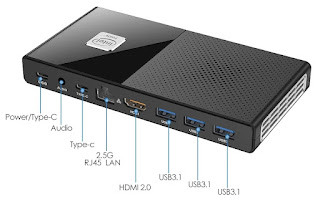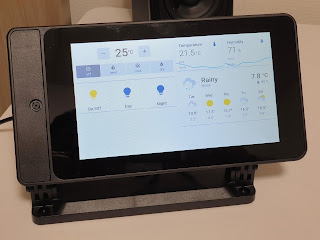KingNovyPC M6 N100 Alder Lake-N Slim Mini PC Review

I recently purchased a KingNovyPC M6 N100 mini PC from Aliexpress to replace a laptop I carry between home and work. I chose the 16GB model with no storage for 27,651 JPY (~$183 US). I think this is a good deal even given the drawbacks below. Let me start with the bad first. Poor thermals The cooling is woefully inadequate for the N100 CPU. The CPU temperature frequently exceeded 90°C under moderately intensive activities, such as installing several Windows updates in parallel. The thermal throttling and lag became noticeable during these times. The fan speed shows "n/a" because there is no yellow fan sensor wire. Replacing the heatsink compound with high-quality silver paste* had negligible impact but removing the top cover dropped temps by ~10°C. That's still high but out of the danger zone. I can think of many ways KingNovy (or the ODM) could have improved this thermal design, such as using a metal case to increase dissipation, but that would have added to the weight




